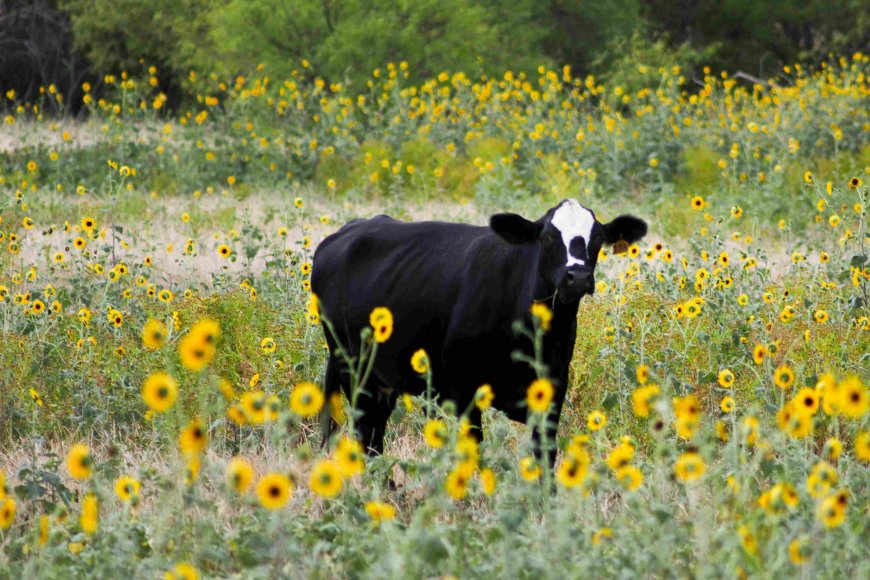Great Cattle Drenching Methods You Should Know About

Whether you’re a new cattle owner or just simply curious about different cattle drenching methods, we got you covered! In this article, we’ll be tackling the different great drenching methods that are deemed effective and efficient.
Cattle drenching, first off, refers to the process of administering a treatment or medication to a cattle may it be orally, through the use of a drench gun and more. So to get you started on the different cattle drenching methods, below is a rundown:
What are the different Cattle Drenching Methods?
1 - Drench Gun
In veterinary medicine, a specialised syringe-like tool called a "drench gun" is used to inject liquid drugs or treatments straight into the mouths of cattle. Its lengthy, precisely-designed nozzle ensures that the medicine reaches the rear of the animal's mouth without running the danger of lung inhalation.
For oral medications to be administered effectively and securely, a drench gun is needed. Its regulated delivery mechanism and ergonomic design allow veterinarians and livestock workers to correctly dispense nutritional solutions, supplements, or treatments.
With the help of this tool, diseases, parasites, and nutritional deficits may be effectively managed, preserving the health and well-being of animals. It is a preferred instrument in veterinary clinics and livestock management operations globally due to its simplicity of use and efficacy.
2 - Pour-On Drenching
Applying liquid medication or therapy directly into the skin and along the animal's backline is known as "pour-on drenching." By using this method, the drug is guaranteed to enter the bloodstream and be absorbed via the skin.
In veterinary medicine, pour-on drenching is frequently used to treat internal parasites in animals, including worms. The liquid drug is carefully administered to the animal's skin, where it distributes and enters through the pores.
It is frequently given as a solution or suspension. The drug effectively treats parasites in the circulation or tissues after it has been absorbed, negating the necessity for oral delivery. This strategy offers simplicity and efficiency in livestock management procedures and is especially helpful for managing parasite infestations in sheep, cattle, and other animals.
3 - Automatic Drenching System
Automated drenching systems are highly advanced equipment that are intended to automatically provide vitamins or drench treatments to cattle at exact amounts or intervals. These systems usually consist of devices to supply the drench solution and programmed controls.
On farms and ranches, they are placed strategically in feeding or watering locations to offer a dependable and effective way to guarantee the frequent and constant application of drench treatments.
Livestock managers may improve medication adherence, treatment regimens, and overall animal health management practices by automating this procedure. The devices are made to work with a variety of drench formulas and dispense precise dosages without the need for human assistance.
In addition to saving time and labour, this technology-driven strategy reduces the possibility of medicine delivery mistakes, enabling efficient parasite management and nutritional supplementing for cattle and other livestock species.
4 - Drenching Race
A drenching race is a specially constructed, confined, and restricted path that makes it easier to give cattle drenches or other treatments. Usually, it has strong panels or obstacles that direct and control the movement of the animals.
Handlers guide the cattle through the drenching race, guaranteeing safe and regulated access to the administration of drugs or therapies. This arrangement reduces movement and tension, facilitating effective handling and treatment techniques.
Handlers may safely confine individual animals to the race, offering a steady environment in which to provide topical treatments or give oral drenches.
5 - Backpack Drenching
Backpack drenching is a technique that uses a carry-along backpack sprayer or drench gun to provide liquid drugs or treatments. In regions with broad or distant grazing, where traditional approaches might not be practical, this strategy is very helpful.
When cattle are scattered across vast or difficult terrain, handlers use a drench gun or backpack sprayer to go to each animal. Regardless of the location, this method offers flexibility in the treatment of cattle by guaranteeing that drugs or treatments may be given on time and efficiently.
Cattle that wander freely in isolated pastures or hilly areas might benefit greatly from backpack drenching to manage health concerns like parasite infestations or nutritional inadequacies.
Take away
In livestock management, drenching cattle is an essential procedure for maintaining the health and welfare of cattle, especially when it comes to controlling internal parasites and giving required medicines. The efficacy of drenching may be maximised while maintaining the animals' safety and well-being by using the right techniques and considerations.
What's Your Reaction?
 Like
0
Like
0
 Dislike
0
Dislike
0
 Love
0
Love
0
 Funny
0
Funny
0
 Angry
0
Angry
0
 Sad
0
Sad
0
 Wow
0
Wow
0





















































